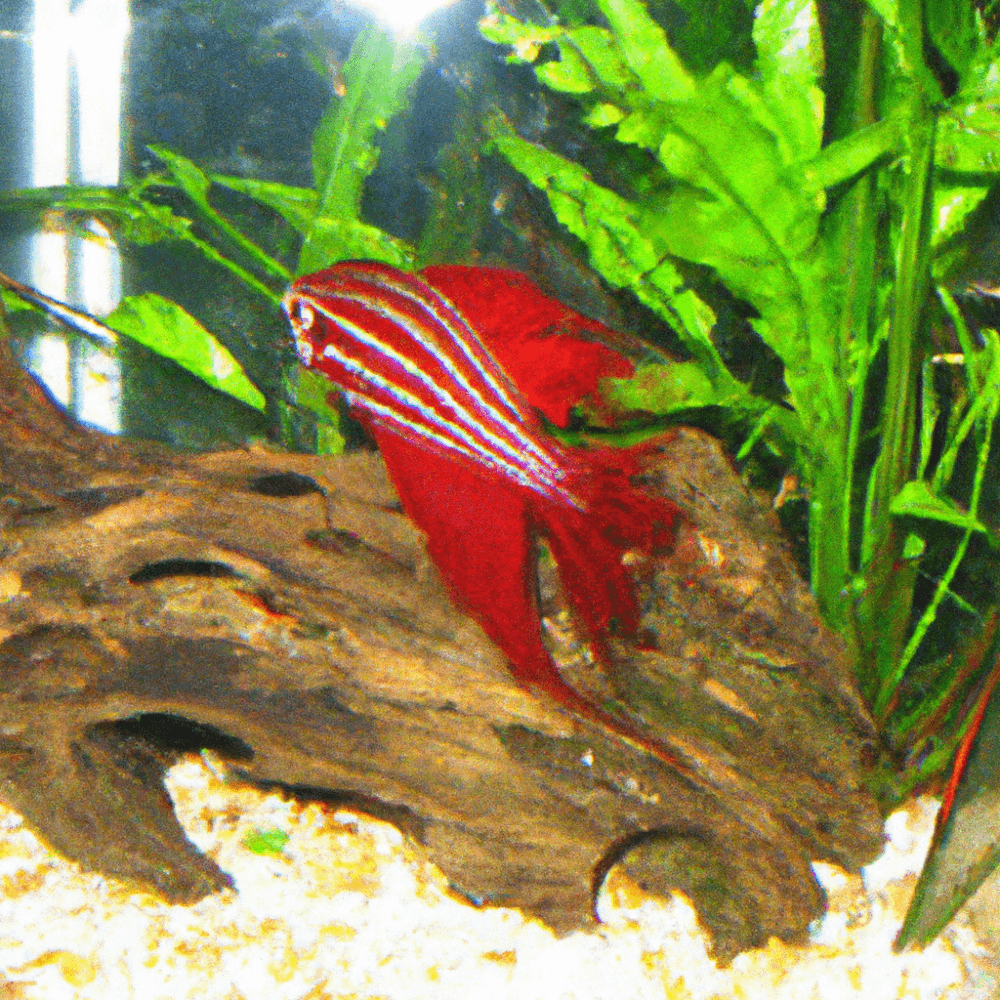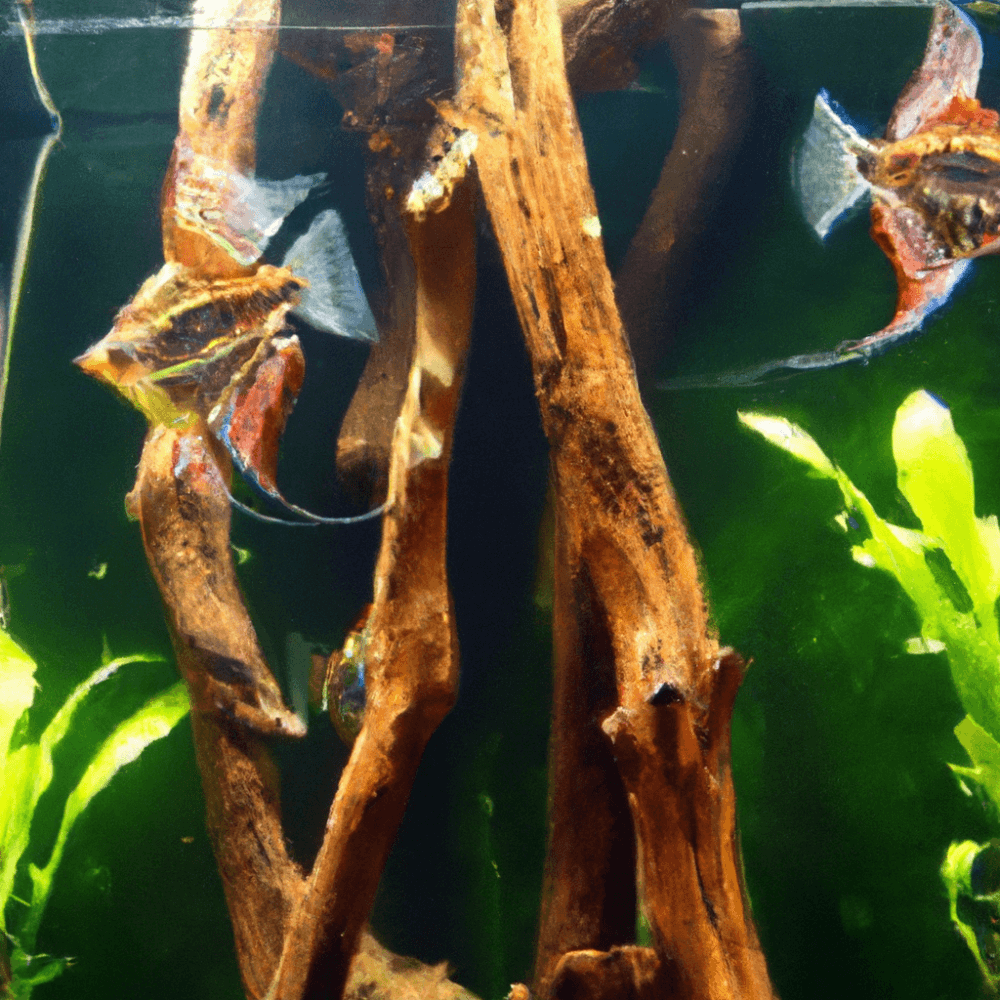Are you an aquarium enthusiast wondering about the potential effects of driftwood on your tank’s ammonia levels? Look no further! This article delves into the question, “Does driftwood cause ammonia spike?” We will explore the relationship between driftwood and ammonia in order to provide you with a better understanding of how this natural element may impact your aquarium environment. By the end of this read, you’ll be equipped with the knowledge to keep your aquatic companions happy and healthy.
Does Driftwood Cause Ammonia Spike?

Understanding Ammonia in Aquariums
Ammonia is a toxic substance that can be harmful to aquatic life when present in high concentrations. It is produced through the breakdown of organic matter such as fish waste, uneaten food, and decaying plants. In a well-maintained aquarium, beneficial bacteria work to convert ammonia into less harmful substances like nitrite and eventually nitrate. However, if the ammonia levels in the aquarium become too high, it can lead to ammonia poisoning, which can be fatal for fish and other aquatic organisms.
Introduction to Driftwood in Aquariums
Driftwood is a popular addition to aquariums for both aesthetic and functional purposes. It adds a natural and rustic look to the tank, resembling the habitats of fish in the wild. In addition to its visual appeal, driftwood also provides hiding spots and shelter for fish, as well as a surface for beneficial bacteria to grow on. It can also help with the stabilization of water pH levels, particularly in tanks with acidic water. However, one common concern among aquarium enthusiasts is whether driftwood can cause an ammonia spike in the tank.
The Relationship between Driftwood and Ammonia
When first introduced to an aquarium, driftwood can release tannins, which are natural compounds found within the wood. Tannins are responsible for the characteristic brownish color that seeps into the water when driftwood is submerged. These tannins are often mistaken for ammonia, leading to the misconception that driftwood causes an ammonia spike. In reality, tannins do not pose any harm to fish or other aquatic organisms. They may slightly lower the pH level of the water, but they do not contribute to increased ammonia levels.
Factors Contributing to Ammonia Spike in Aquariums
While driftwood alone does not cause an ammonia spike, there are several factors that can contribute to elevated ammonia levels in aquariums. Overfeeding fish, overcrowding the tank, inadequate filtration, and poor maintenance can all lead to an ammonia spike. It is essential to consider these factors and address any underlying issues before blaming driftwood for ammonia-related problems in the aquarium.

Benefits of Using Driftwood in Aquariums
Despite the misconception surrounding driftwood and ammonia spikes, there are many benefits to using driftwood in aquariums. As mentioned earlier, driftwood provides shelter and hiding spots for fish, creating a natural and enriching environment. It also mimics the natural habitats of many fish species, helping to reduce stress and promote their overall well-being. Additionally, driftwood releases tannins, which not only give the water a natural brown color but also have antimicrobial properties that can help inhibit the growth of harmful bacteria and fungi.
Determining the Quality of Driftwood
When selecting driftwood for your aquarium, it is essential to choose pieces of high quality. Look for driftwood that is free of visible mold or signs of decay, as these can release harmful substances into the water. It is also advisable to choose driftwood that has been properly aged and cured. Freshly collected driftwood may contain excessive tannins and organic matter, which can lead to a more pronounced release of these compounds into the water. Aged driftwood has had time to naturally leach out tannins and other potential toxins, making it a safer choice for your aquarium.
Preventing Ammonia Spike with Driftwood
To prevent any potential ammonia spike when adding driftwood to your aquarium, it is recommended to perform a series of preparatory steps. First, thoroughly clean the driftwood by scrubbing off any loose debris or dirt. Soaking the driftwood in water for an extended period can also help leach out excess tannins. Changing the water frequently during the soaking process can further facilitate the removal of tannins. Lastly, it is crucial to monitor the water parameters regularly, especially the ammonia levels, during the initial introduction of driftwood to the aquarium. This will help detect any changes and allow for prompt action to be taken if necessary.
Proper Placement and Preparation of Driftwood
When placing driftwood in your aquarium, consider the size and weight of the pieces to ensure they are stable and will not shift or topple over. It is also advisable to anchor the driftwood to the substrate using fishing line or aquarium-safe glue to prevent it from floating or moving around in the tank. Additionally, positioning the driftwood away from the filter intake can help prevent debris from accumulating on the wood and clogging the filter. Maintaining good water flow around the driftwood will also help promote the growth of beneficial bacteria and reduce the likelihood of stagnant areas.
Additional Measures to Control Ammonia Spike
While driftwood can enhance the overall health of your aquarium, it is important to implement additional measures to control ammonia spikes and maintain optimal water quality. Regular water testing, proper filtration, and regular tank maintenance are crucial to preventing ammonia buildup. Changing a portion of the water regularly and siphoning out any uneaten food or waste can help reduce the amount of ammonia produced in the tank. Additionally, introducing live plants into the aquarium can help absorb excess ammonia and provide additional filtration.
Conclusion
In conclusion, driftwood does not cause an ammonia spike in aquariums. The release of tannins from driftwood can temporarily alter the water’s appearance but does not contribute to elevated ammonia levels. Proper selection, preparation, and placement of driftwood, along with good aquarium maintenance practices, can help create a healthy and balanced environment for your aquatic pets. As long as you monitor water parameters regularly and address any potential issues promptly, you can enjoy the benefits of driftwood in your aquarium without worrying about ammonia spikes.

